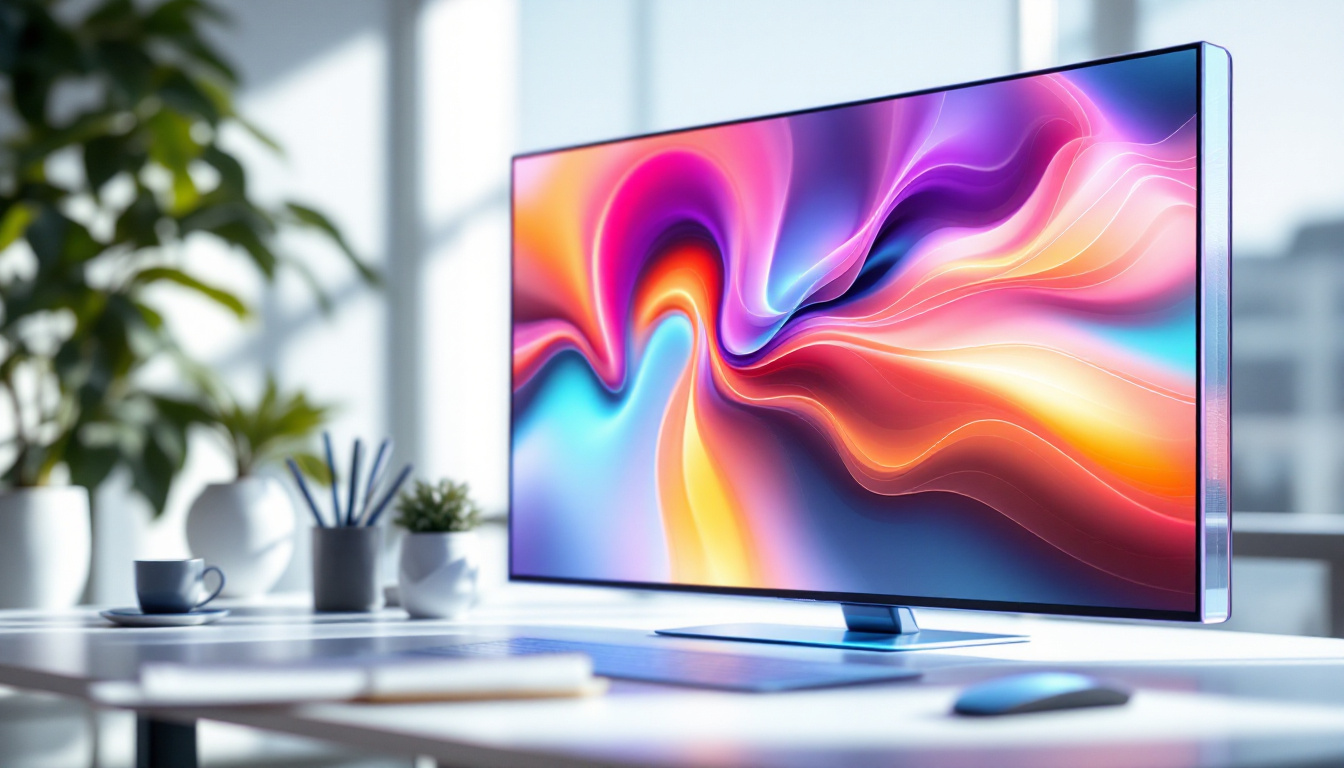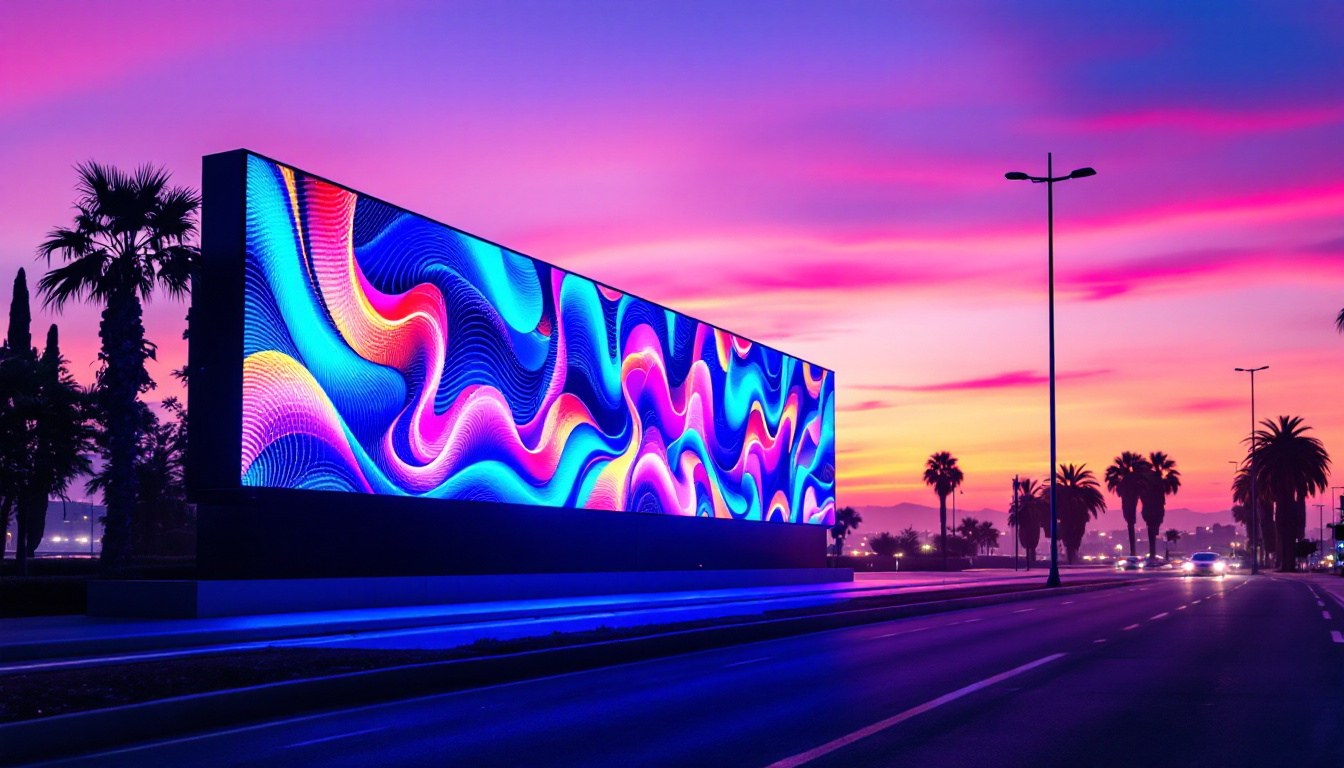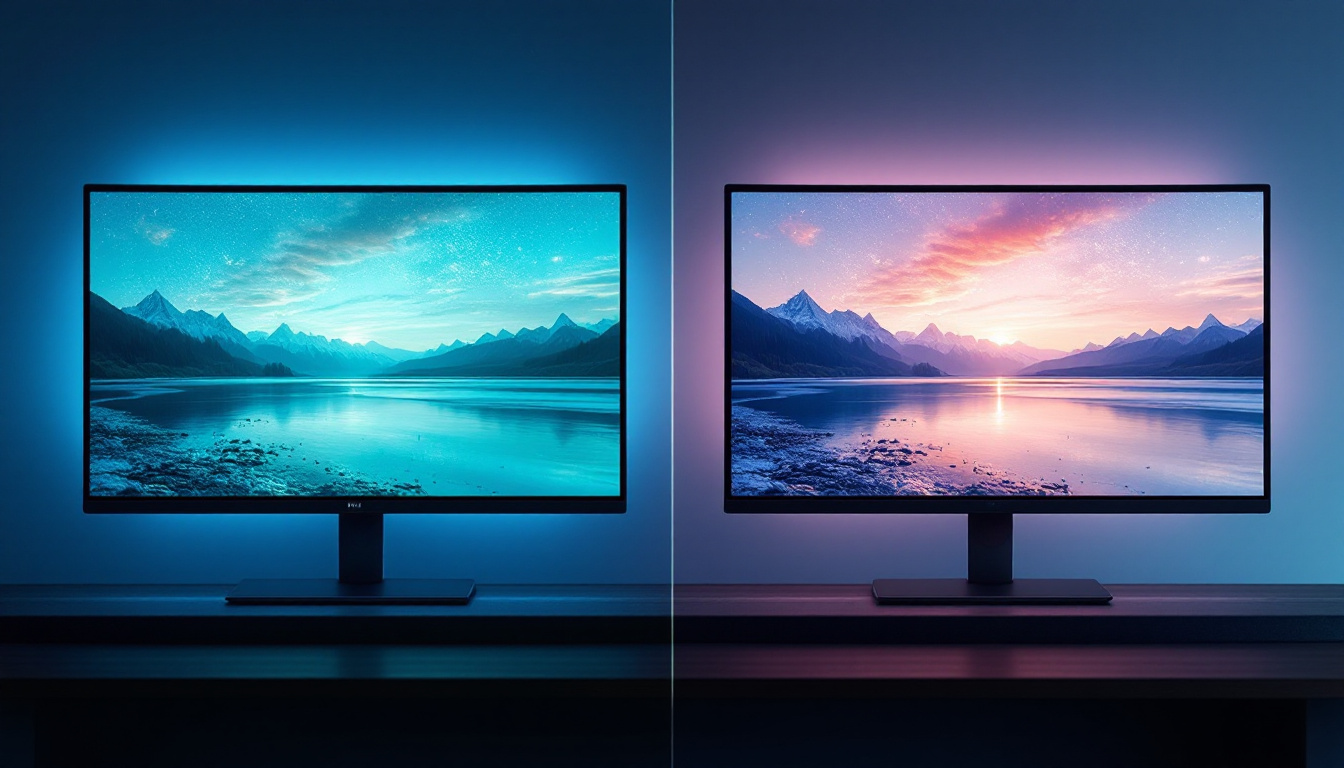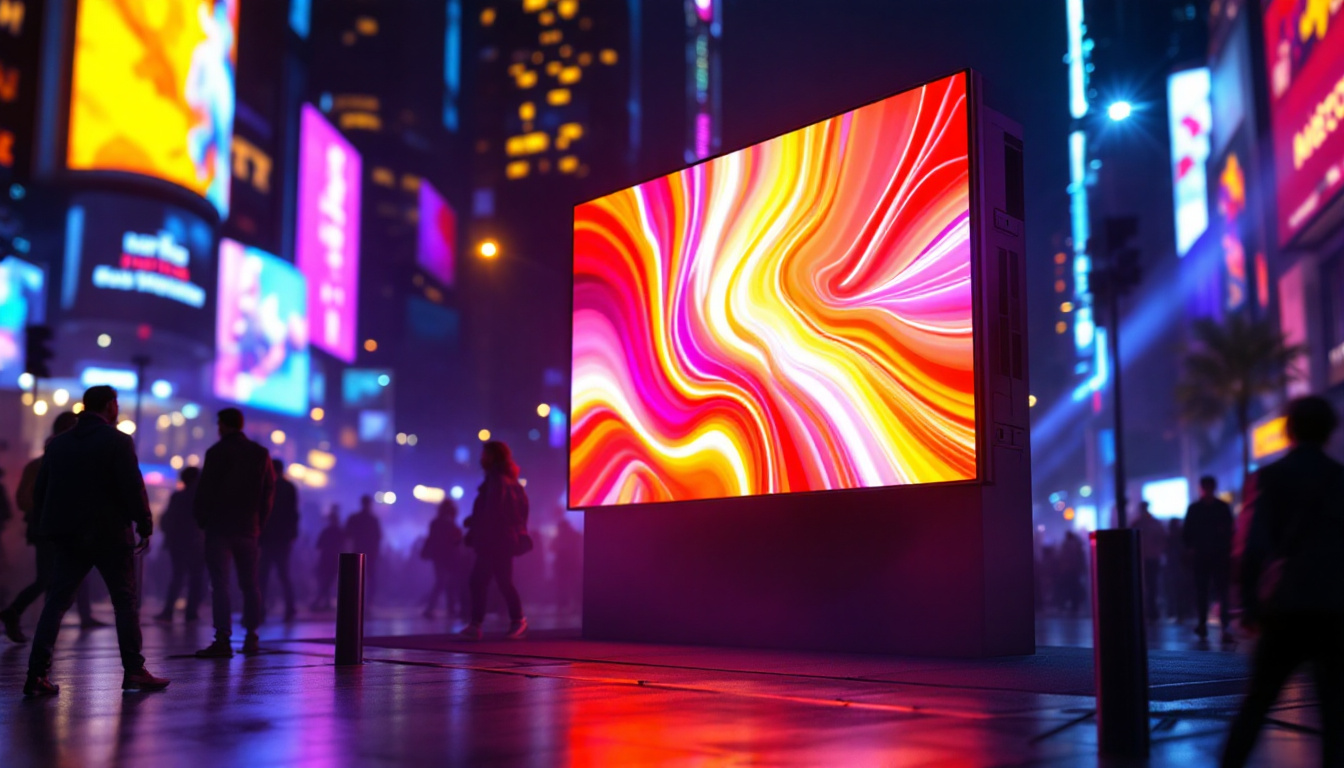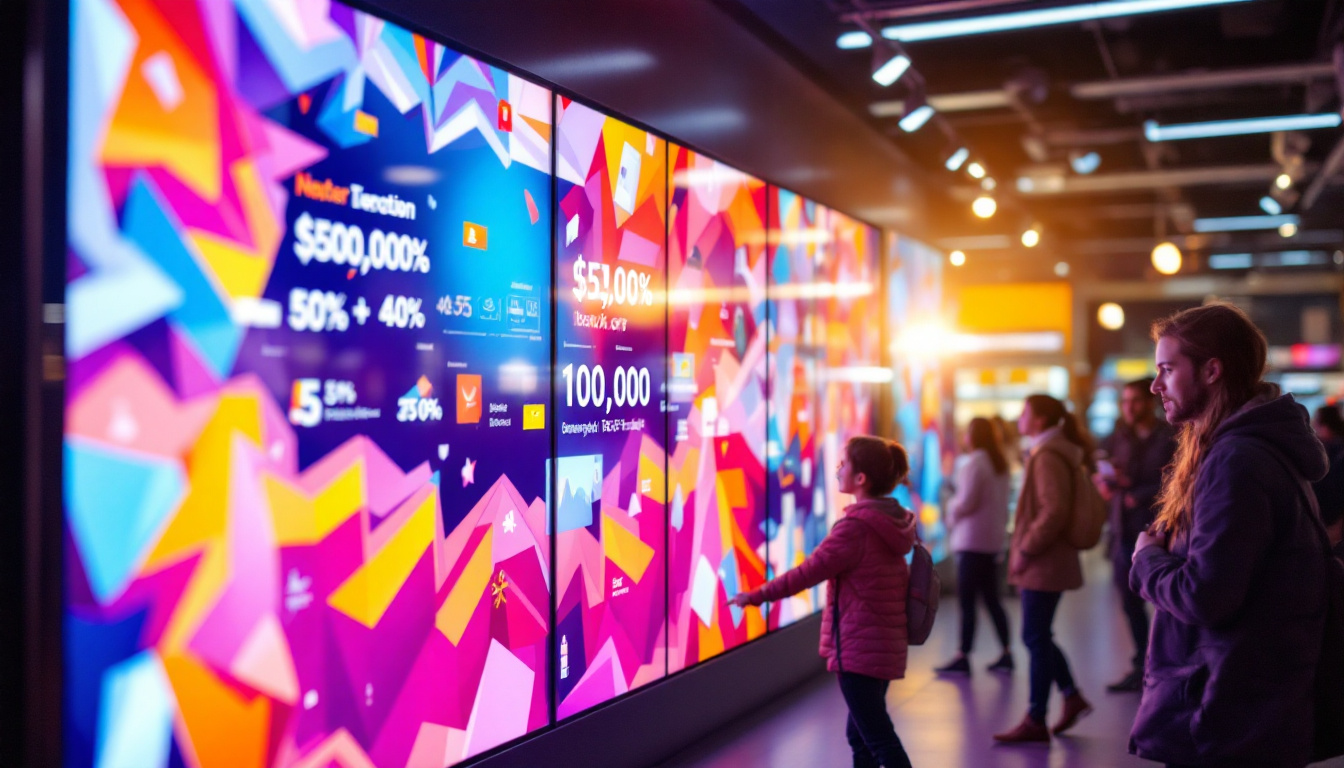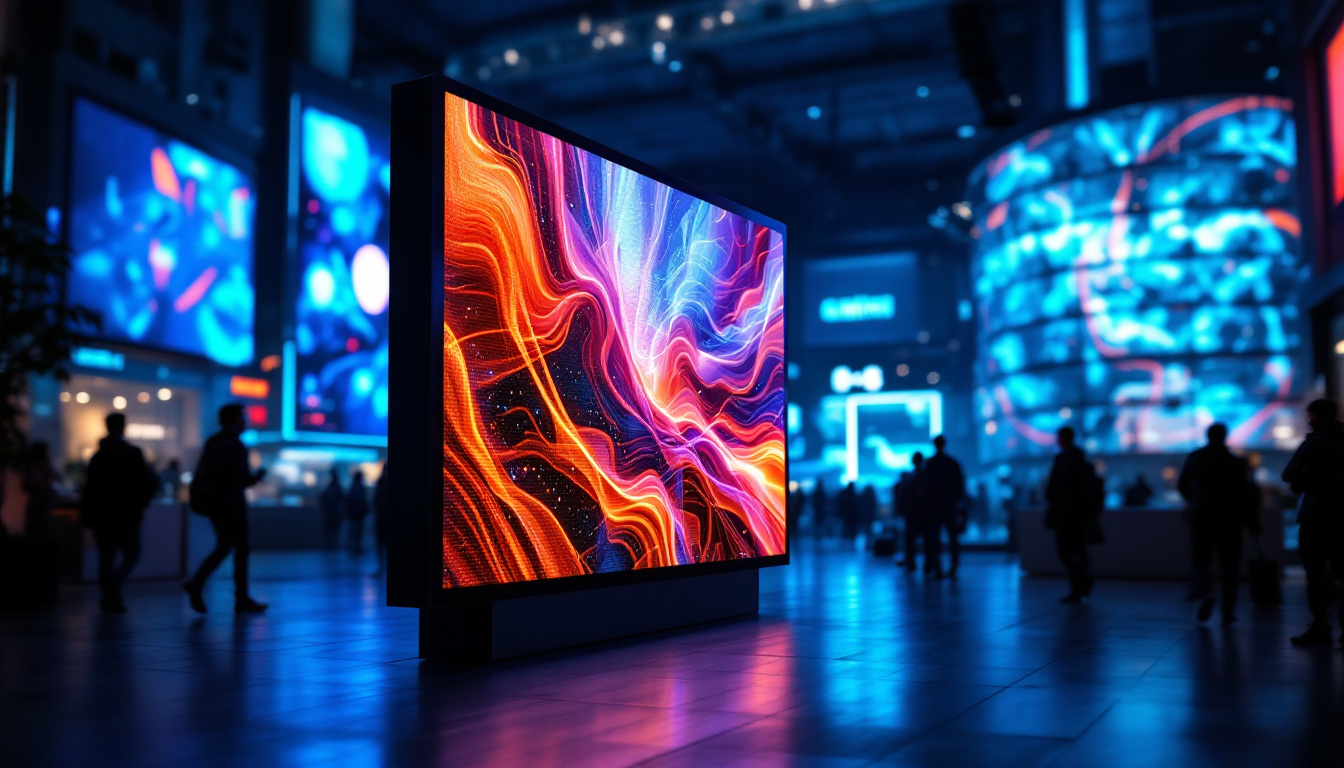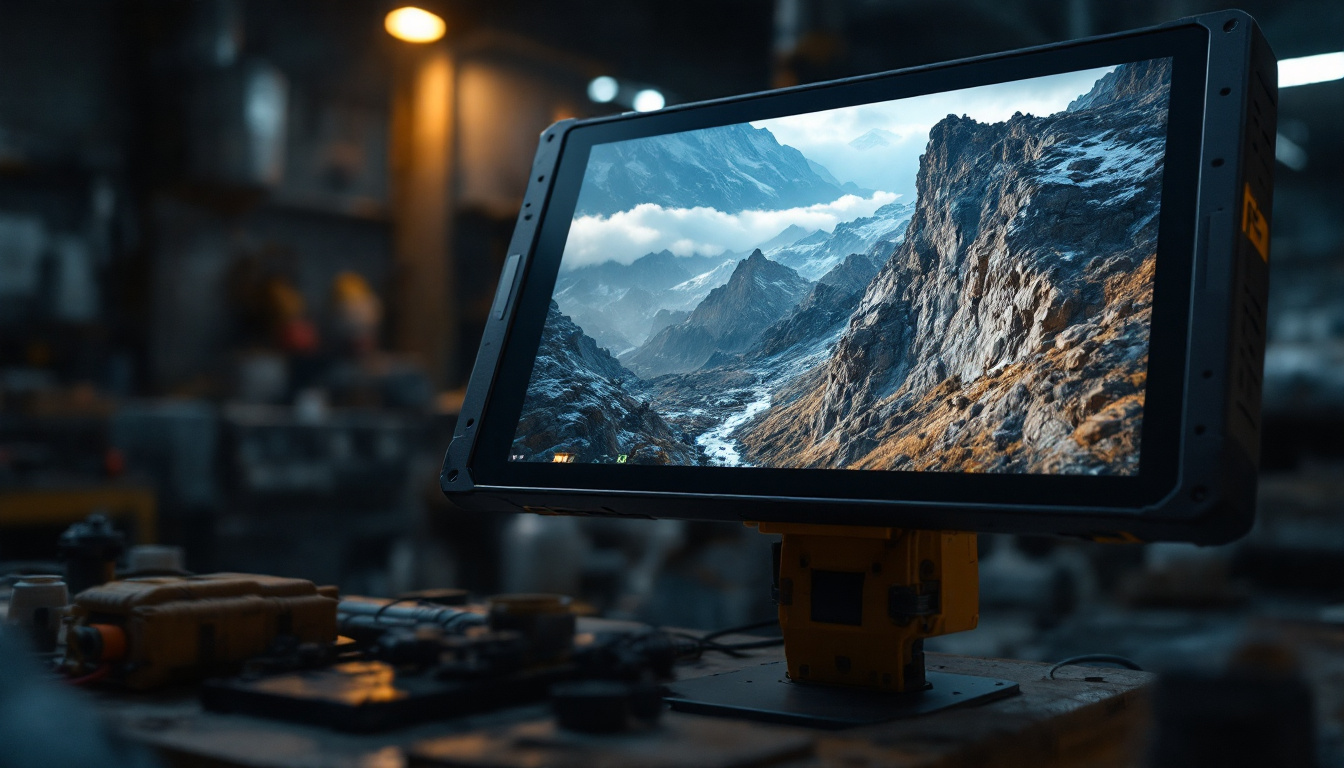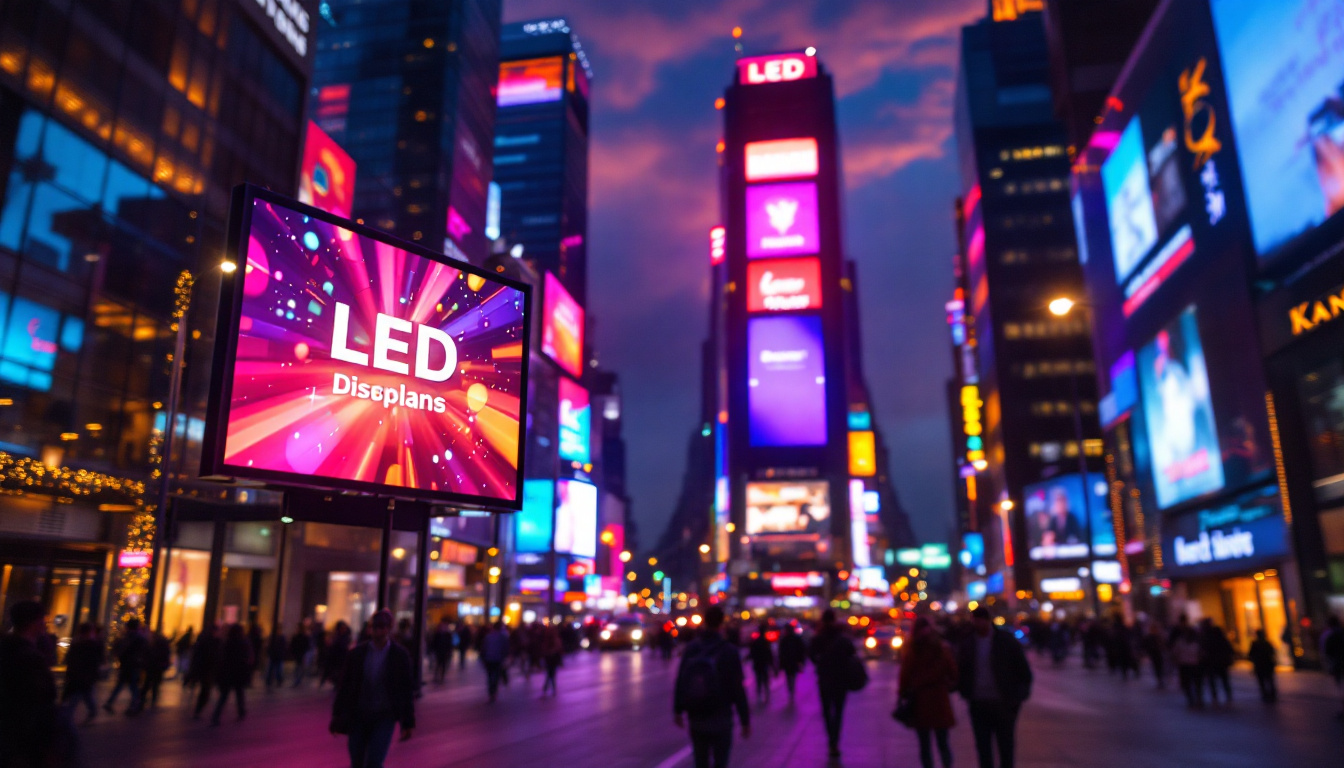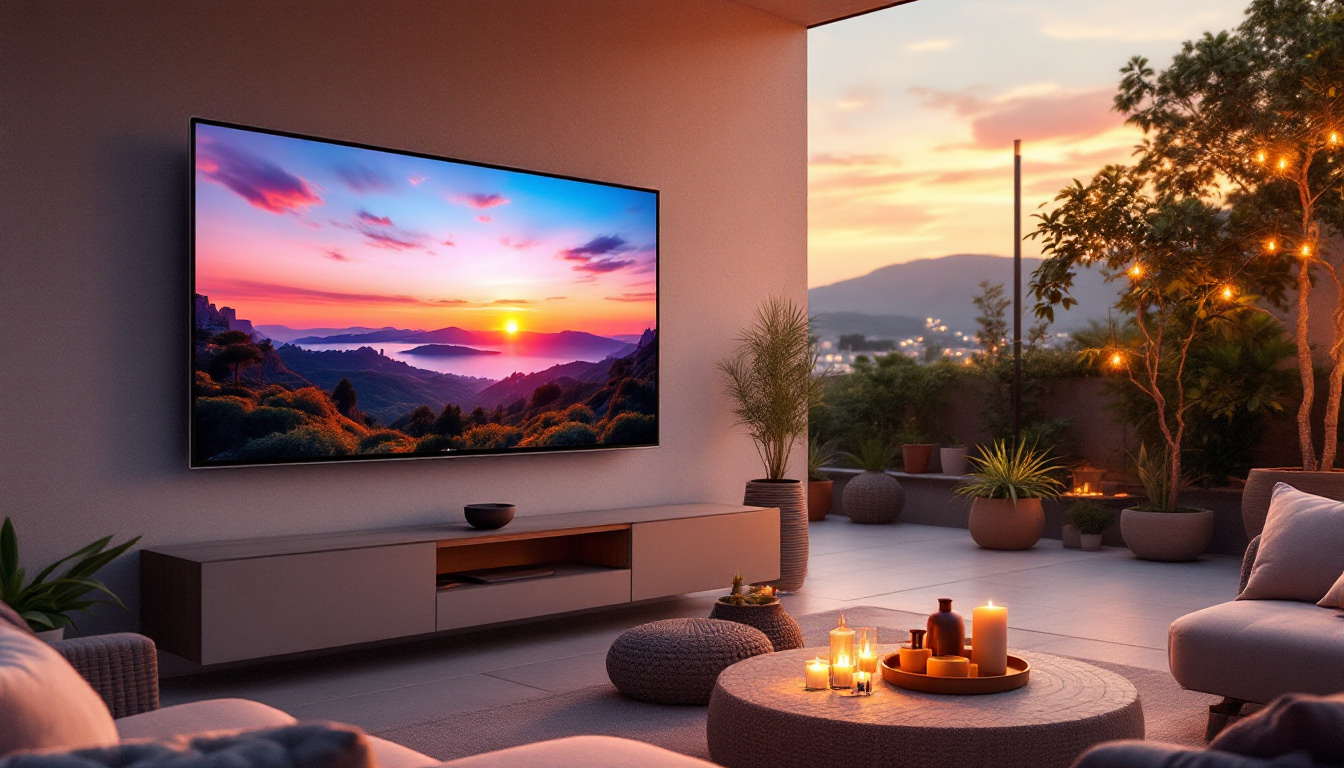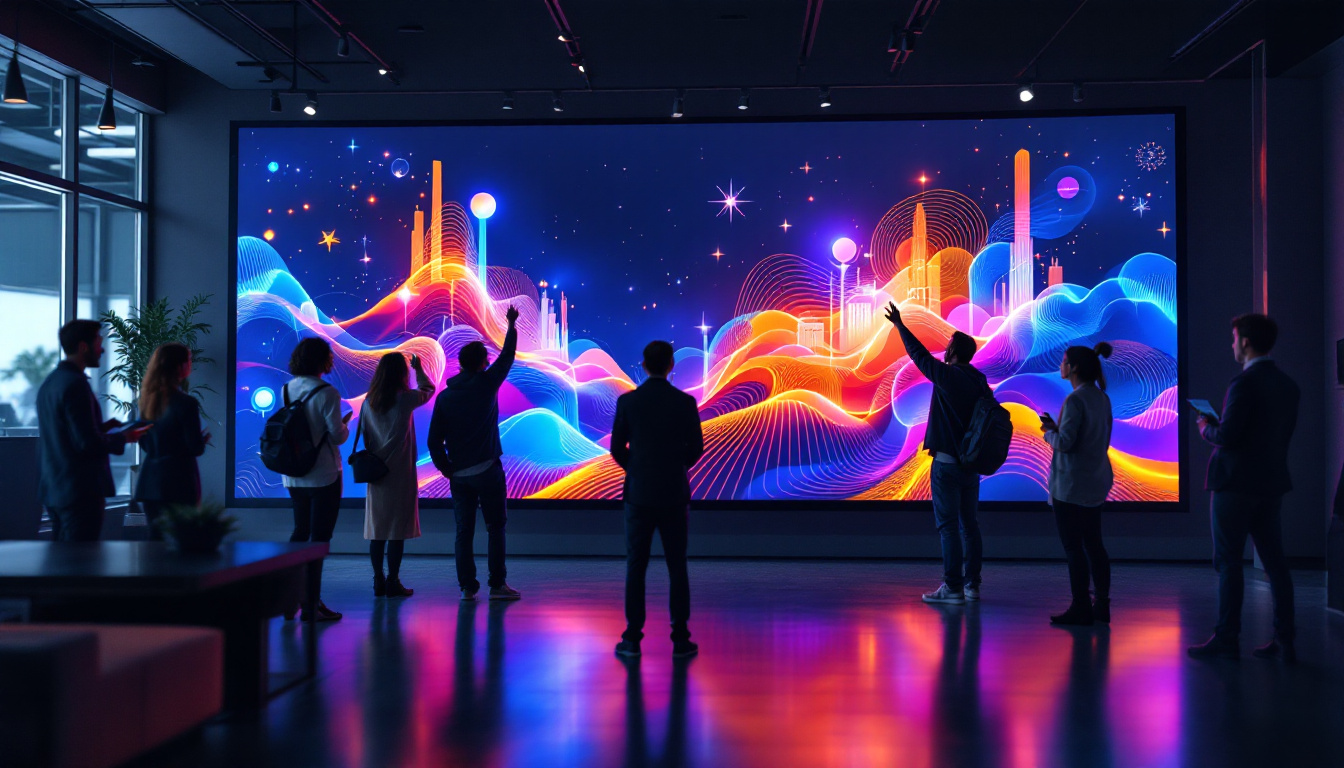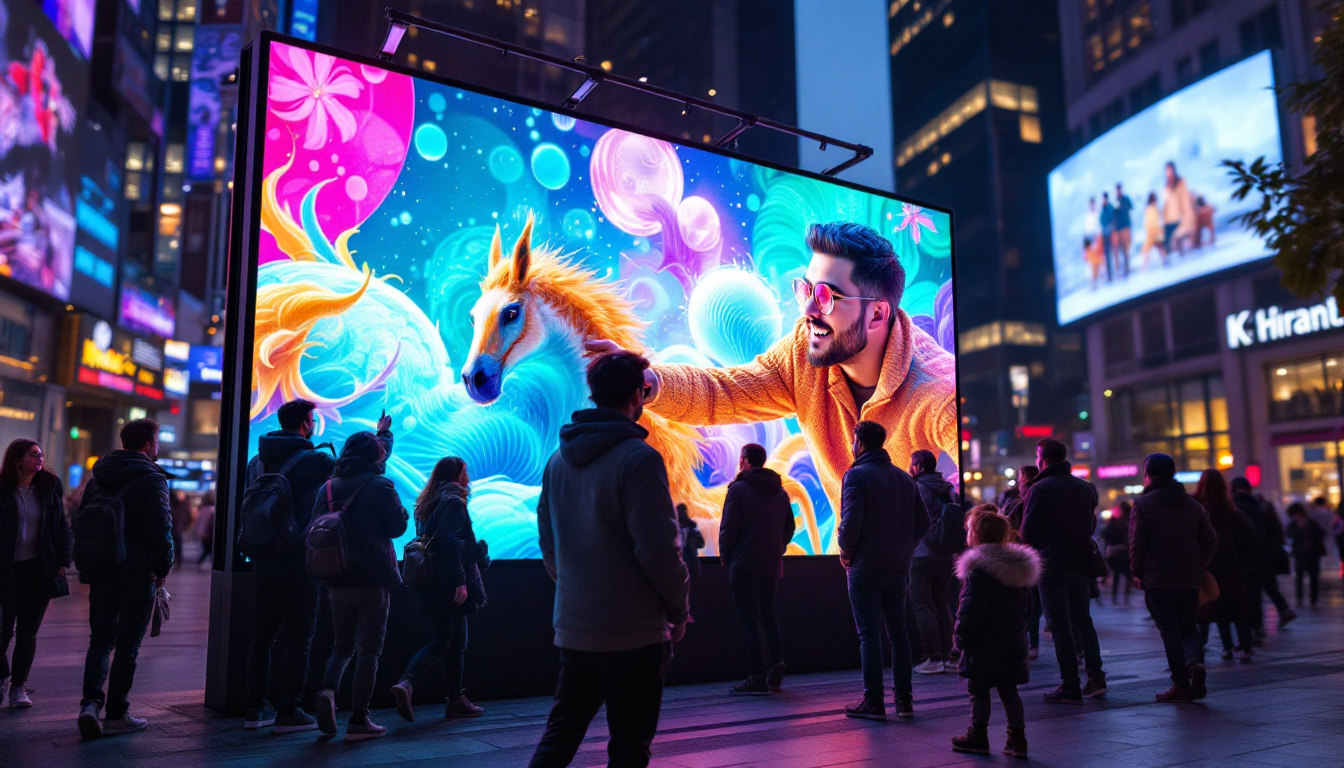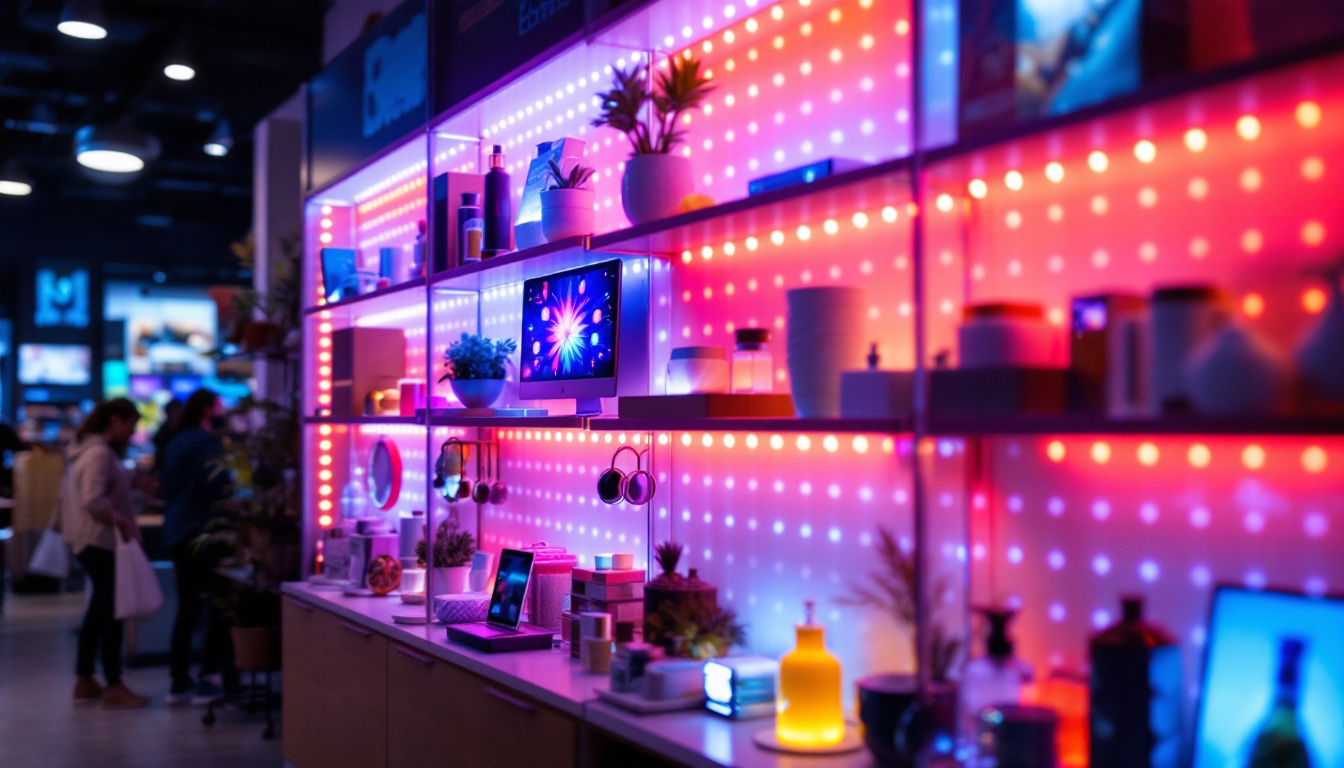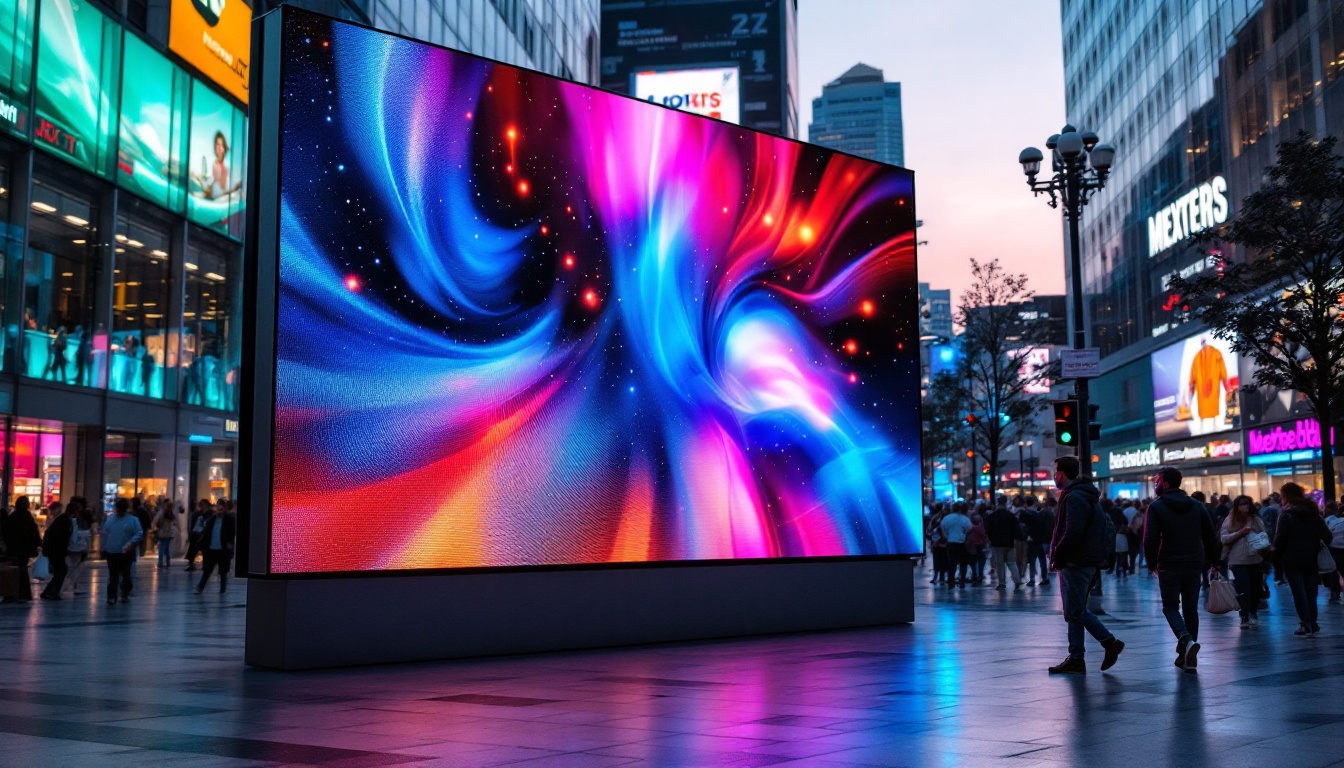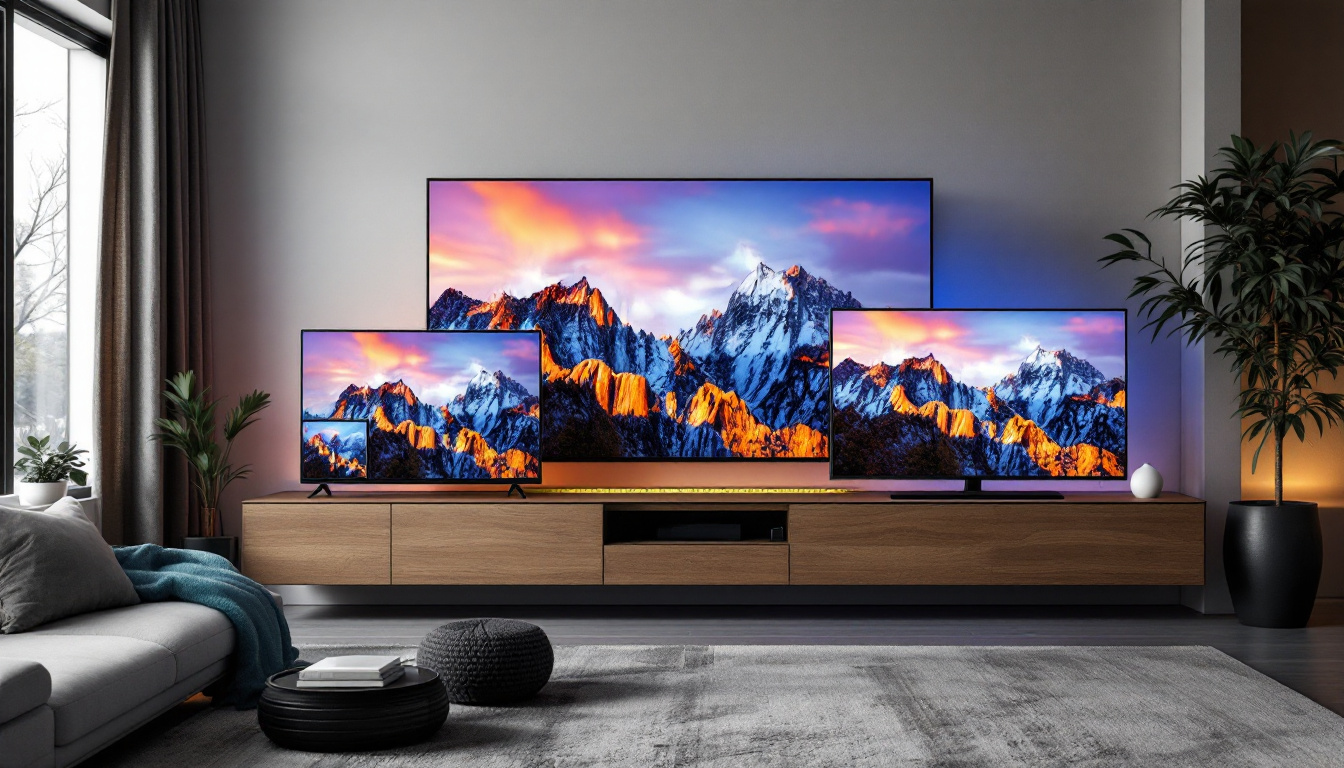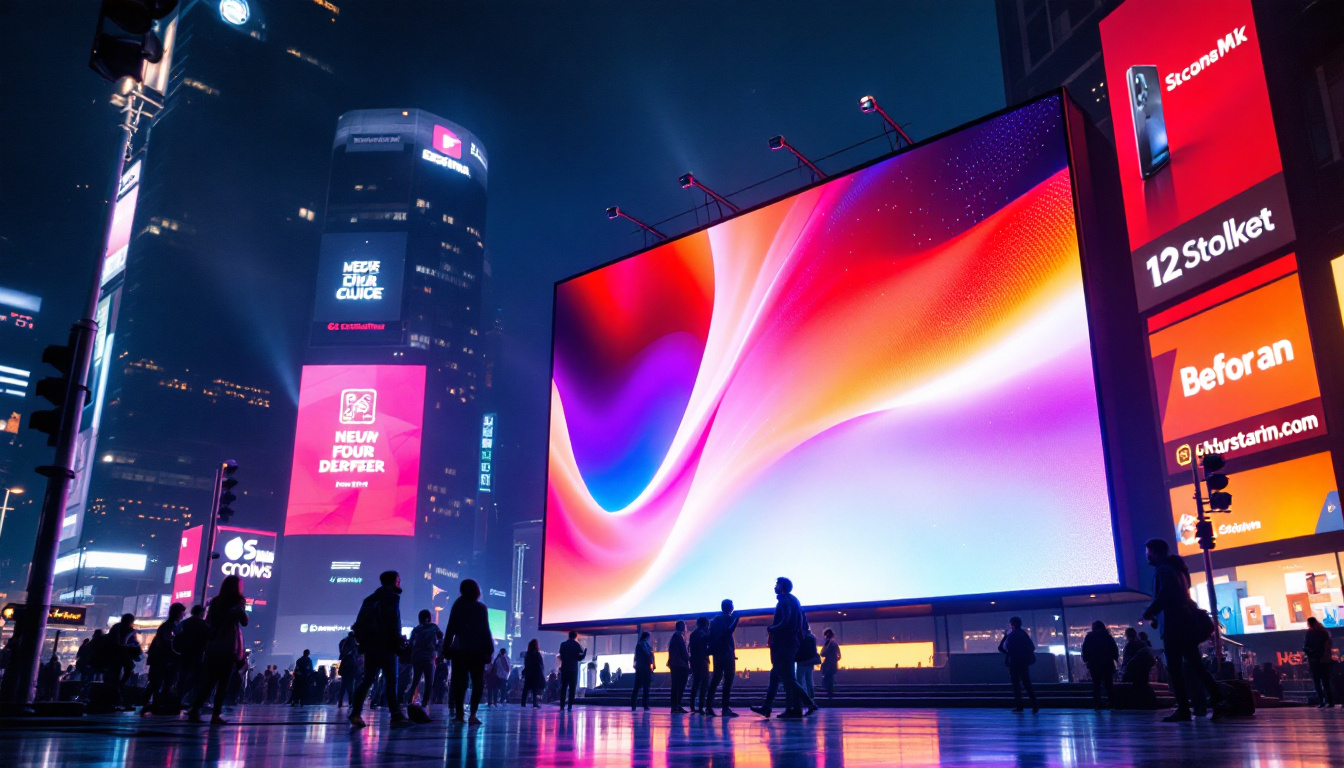In recent years, the world of display technology has seen significant advancements, with transparent OLED monitors emerging as a groundbreaking innovation. These monitors not only offer high-quality visuals but also provide a unique aesthetic appeal that can transform any environment. This article delves into the intricacies of transparent OLED monitors, exploring their technology, applications, and the future they promise.
Understanding OLED Technology
To fully appreciate transparent OLED monitors, it’s essential to understand the underlying technology of OLED (Organic Light Emitting Diode). Unlike traditional LED displays that rely on backlighting, OLED screens generate their own light through organic compounds. This fundamental difference leads to several advantages, including improved contrast ratios, faster response times, and more vibrant colors. The ability to achieve deeper blacks and a wider color gamut makes OLED displays particularly appealing for both consumers and professionals in fields such as photography, graphic design, and entertainment.
How OLED Works
OLED technology utilizes thin layers of organic materials sandwiched between two electrodes. When an electric current is applied, these materials emit light. This self-emissive property allows OLED displays to achieve true blacks, as individual pixels can be turned off completely. The result is a display with stunning clarity and depth, making it ideal for various applications. Moreover, the rapid response time of OLED technology minimizes motion blur, making it particularly advantageous for fast-paced video content, such as gaming or action movies, where every frame counts.
Benefits of OLED Displays
The benefits of OLED technology extend beyond just picture quality. One of the most significant advantages is their thin and flexible design, which allows for innovative form factors, including transparent displays. This opens up exciting possibilities for augmented reality applications and futuristic advertising solutions, where screens can blend seamlessly into their environments. Additionally, OLED monitors consume less power compared to traditional LCDs, particularly when displaying darker images, making them more energy-efficient. This energy efficiency not only contributes to lower electricity bills but also reduces the overall carbon footprint, aligning with the growing demand for sustainable technology solutions. Furthermore, OLED displays are known for their wide viewing angles, ensuring that colors remain consistent and vibrant even when viewed from the side, making them ideal for collaborative workspaces and public displays.
What is a Transparent OLED Monitor?
A transparent OLED monitor is a display that allows light to pass through it while still providing high-quality visuals. This unique feature is achieved by using transparent materials and advanced OLED technology. When not in use, these monitors can appear nearly invisible, seamlessly blending into their surroundings.
Design and Aesthetics
The design of transparent OLED monitors is one of their most captivating features. The ability to see through the display opens up a myriad of possibilities for creative applications. For instance, they can be integrated into retail environments, allowing customers to view products behind the screen while still receiving dynamic visual content. This fusion of technology and design creates an engaging experience that captures attention. Moreover, these monitors can be utilized in museums and galleries, where they can overlay information about exhibits without obstructing the view of the artwork itself. This innovative approach not only enhances the aesthetic appeal but also enriches the viewer’s understanding and interaction with the displayed items.
Technical Specifications
Transparent OLED monitors typically boast high resolutions, vibrant color reproduction, and wide viewing angles. They often support HDR (High Dynamic Range) content, enhancing the overall visual experience. Additionally, advancements in pixel density have allowed manufacturers to create displays that maintain clarity even at close viewing distances, making them suitable for various applications, from advertising to interactive installations. These monitors also feature low power consumption compared to traditional displays, making them an eco-friendly option for businesses looking to reduce their carbon footprint. Furthermore, the integration of touch-sensitive technology in some models opens up new avenues for user interaction, allowing for intuitive control and engagement with the content displayed, whether in a commercial setting or an educational environment.
Applications of Transparent OLED Monitors
The versatility of transparent OLED monitors makes them suitable for a wide range of applications. Their unique characteristics can enhance various industries, from retail to entertainment, and even in smart home technology.
Retail and Advertising
In retail environments, transparent OLED monitors can serve as eye-catching advertising displays. By allowing customers to see products behind the screen, these monitors create an immersive shopping experience. Brands can showcase their products while simultaneously delivering promotional content, effectively capturing consumer attention and driving sales. Additionally, the ability to customize the content displayed on these monitors in real-time allows retailers to tailor their messaging based on customer demographics or even the time of day, ensuring that the advertising remains relevant and engaging. This dynamic approach can significantly enhance customer interaction and increase foot traffic in stores.
Smart Home Integration
Transparent OLED monitors also hold promise in the realm of smart home technology. Imagine a kitchen window that doubles as a display for recipes or a living room wall that transforms into a digital art gallery. These monitors can seamlessly integrate into home environments, providing functionality without compromising aesthetics. Furthermore, the potential for voice activation and smart home connectivity means that users can control these displays effortlessly, accessing information such as weather updates, news feeds, or even home security alerts at a glance. This integration not only elevates the convenience of daily tasks but also enhances the overall ambiance of living spaces, making technology an integral part of home design.
Entertainment and Gaming
In the entertainment sector, transparent OLED monitors can redefine how content is consumed. They can be used in gaming setups, providing an immersive experience that blends real-world elements with digital graphics. This technology can also be applied in theaters and museums, enhancing storytelling through interactive displays that engage audiences in new ways. Imagine a museum exhibit where historical artifacts are displayed behind a transparent screen that provides context and interactive elements, allowing visitors to explore deeper narratives. In gaming, the ability to overlay game graphics onto the physical environment can create thrilling experiences, where players feel as though they are truly part of the game world. This innovation opens up exciting possibilities for virtual reality and augmented reality applications, pushing the boundaries of traditional entertainment mediums.
Challenges and Limitations
Despite their potential, transparent OLED monitors face several challenges that may hinder widespread adoption. Understanding these limitations is crucial for evaluating their future in the market.
Cost Considerations
One of the primary challenges of transparent OLED technology is its cost. The manufacturing process is complex, and the materials used can be expensive. As a result, transparent OLED monitors tend to be pricier than traditional displays, which may limit their accessibility for consumers and businesses alike. Additionally, the production yield for these advanced displays can be lower than for conventional screens, further driving up costs. As technology progresses and production methods improve, there is hope that prices will eventually decrease, making these innovative displays more attainable for a broader audience.
Brightness and Visibility
While transparent OLED monitors excel in many areas, they can struggle with brightness and visibility in well-lit environments. The transparency feature can lead to reduced brightness levels, making it challenging to view content in direct sunlight or bright indoor lighting. Manufacturers are continually working on improving brightness levels, but this remains a significant hurdle for widespread adoption. Furthermore, the contrast ratio can also be affected by ambient light, which may result in a less vibrant viewing experience compared to traditional opaque displays. To combat these issues, some companies are exploring advanced anti-reflective coatings and enhanced backlighting technologies to boost performance in various lighting conditions.
Durability and Longevity
Another concern surrounding transparent OLED technology is the durability and longevity of the displays. Being more delicate than conventional screens, transparent OLEDs may be more susceptible to scratches and damage, particularly in high-traffic areas where they are frequently touched or interacted with. This fragility can deter businesses from investing in these displays for applications such as retail or public information kiosks, where durability is paramount. Manufacturers are researching ways to enhance the resilience of these screens, including the use of protective layers and improved materials that can withstand everyday wear and tear without compromising transparency or image quality.
The Future of Transparent OLED Monitors
As technology continues to evolve, the future of transparent OLED monitors appears promising. Ongoing research and development aim to address current limitations while enhancing the capabilities of these displays.
Advancements in Manufacturing
Innovations in manufacturing techniques could lead to reduced production costs for transparent OLED monitors. As the technology matures, economies of scale may make these displays more affordable for consumers and businesses, potentially leading to increased adoption across various sectors.
Enhanced Functionality
Future iterations of transparent OLED monitors are likely to incorporate advanced features such as touch sensitivity and interactive capabilities. This could open up new avenues for user engagement, allowing for more dynamic and immersive experiences. Imagine a transparent screen that responds to gestures or voice commands, creating a seamless interaction between the user and the display.
Conclusion
Transparent OLED monitors represent a significant leap in display technology, offering a unique blend of aesthetics and functionality. While challenges remain, the potential applications across various industries are vast and exciting. As manufacturers continue to innovate and improve the technology, transparent OLED monitors are poised to become an integral part of our digital landscape, transforming how we interact with visual content.
In summary, the evolution of transparent OLED monitors showcases the intersection of technology and design, promising a future where displays are not just functional but also enhance the environments in which they exist. As this technology continues to develop, it will undoubtedly shape the way we experience visual media in our daily lives.
Discover the Future of Display Technology with LumenMatrix
Ready to elevate your visual experience and embrace the future of display technology? LumenMatrix is at the forefront of innovation, offering an extensive range of LED display solutions that bring your content to life. From transparent OLED monitors that blend seamlessly into any environment to dynamic indoor and outdoor LED walls, our products are designed to captivate and engage. Explore our cutting-edge LED Display Solutions and see how LumenMatrix can transform your space into a mesmerizing visual journey.

